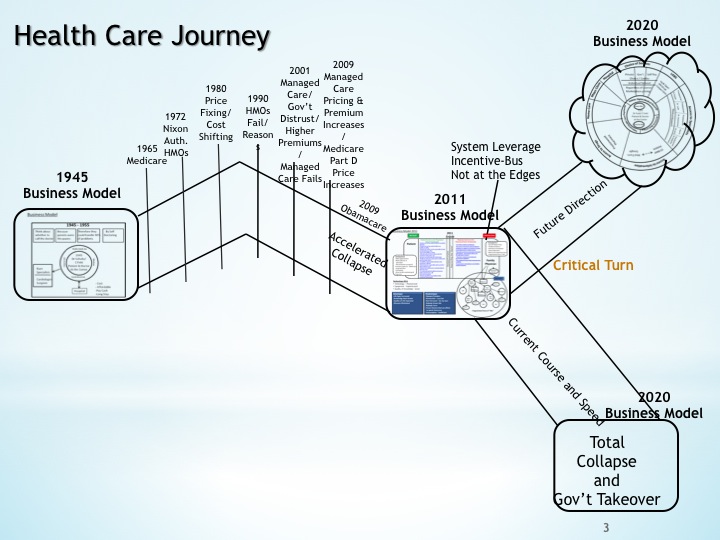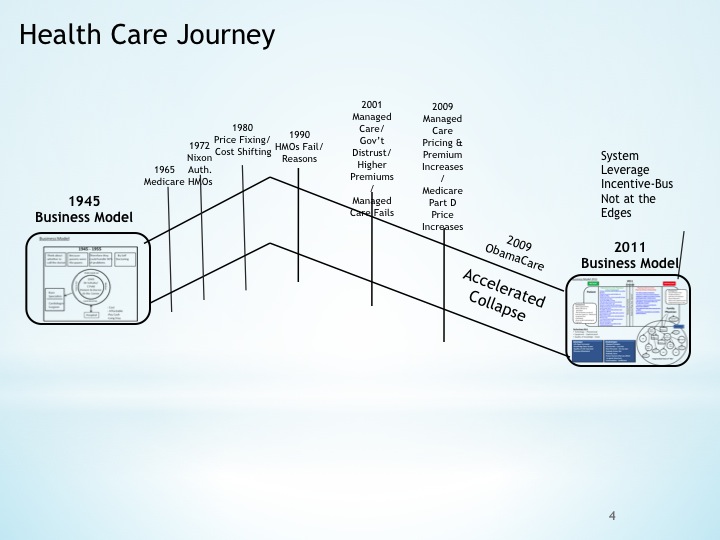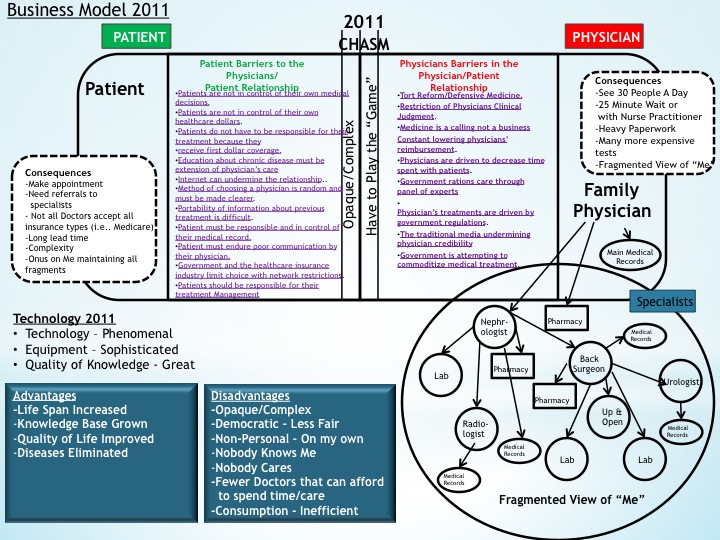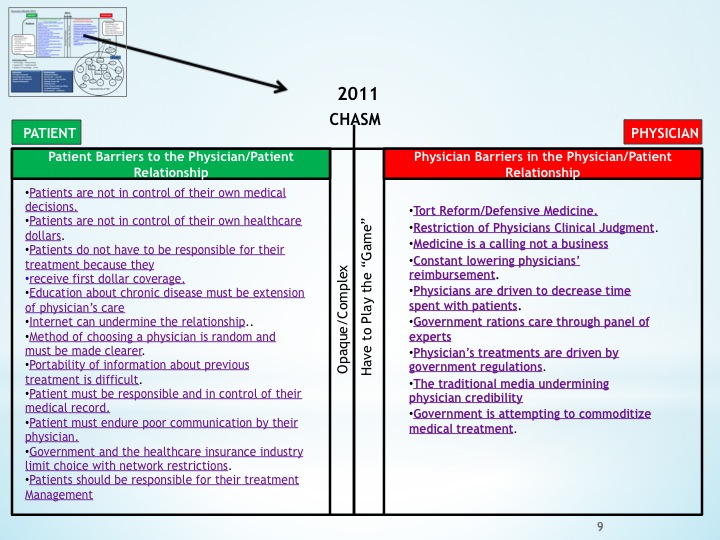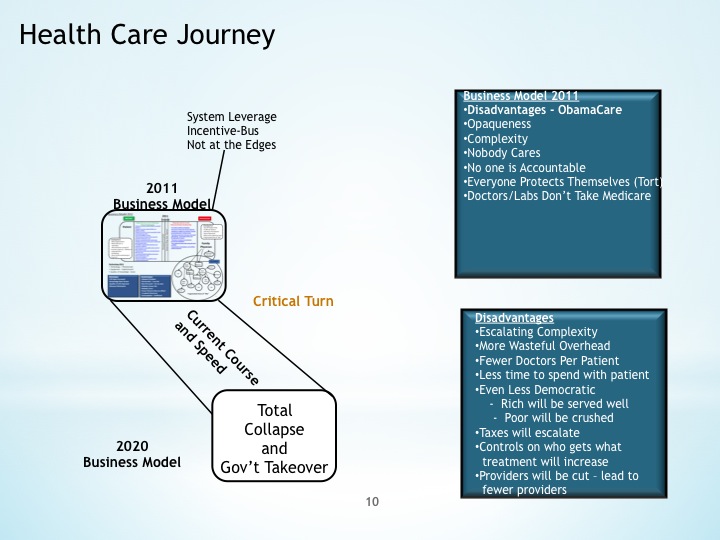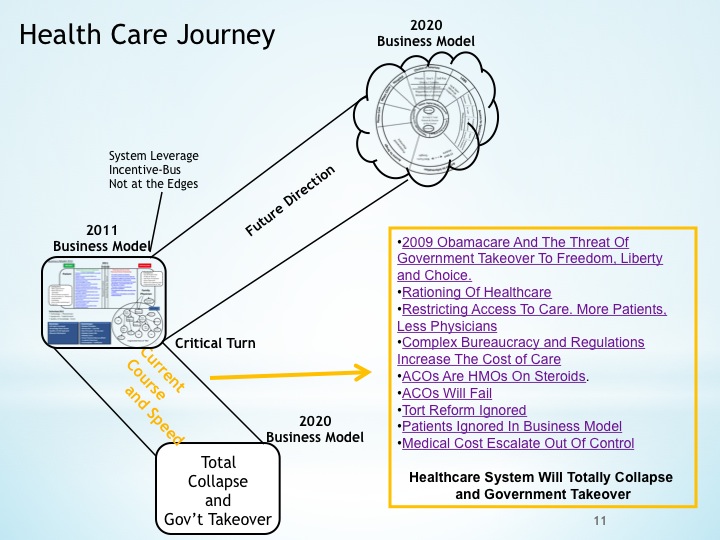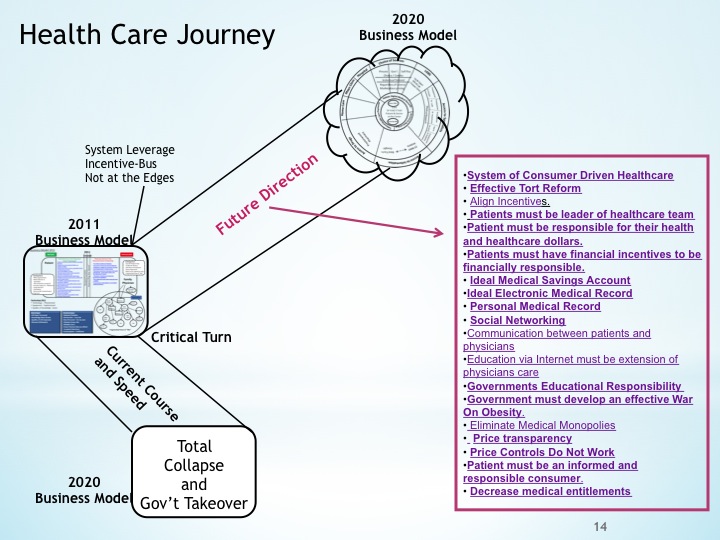Scott Becker of Becker’s Healthcare asked me to write an article on Element needed to Repair The Healthcare System. Becker’s Healthcare is the leading source of cutting-edge business and legal information for healthcare industry leaders.
His portfolio includes five industry-leading trade publications:
- Becker’s ASC Review
- Becker’s Infection Control & Clinical Quality
- Becker’s Spine Review
- Becker’s Hospital Review
- Becker’s Dental Review
My article appeared in the latest addition and with permission from Scott Becker. I am reprinting it on my site. Becker’s Healthcare is a valuable information site.
Making Medicine Function: Five (5) Key Elements From Stanley Feld M.D.,FACP,MACE : Repairing the Healthcare System
Patients, physicians, hospital executives, healthcare insurance executive and government all believe the healthcare system is dysfunctional and unsustainable in future years.
All the stakeholders are unhappy with Obamacare.
Clinical Endocrinologist, Stanley Feld, MD, FACP, MACE, is a physician who believes Obamacare’s business model is seriously flawed. He also believes that Obamacare has accelerated the dysfunction in the healthcare system.
Dr. Feld believes Obamacare has increased the healthcare system’s unsustainability by causing an increase in bureaucracy, a decrease in efficiency and encouraging the gaming of the healthcare system by all stakeholders.
The Obamacare business model must be changed to a consumer driven healthcare business model with the consumer in charge and in the center of the healthcare system, not the government or other secondary stakeholders.
Consumers must be taught and incentivized to use all the 21st century technology tools available including smart phones. The goal must be to improve medical care and treatment outcomes, not improve the measurement of medical process outcomes.
Dr. Feld became interested in the causes of the healthcare system’s dysfunction in 1991 while he was on the steering committee of a nascent medical organization, the American Association of Clinical Endocrinologists (AACE).
He became AACE’s third President and was chairman of the Type 2 Diabetes Guideline committee. He was the chief author of “A System of Intensive Self-Management of Type 2 Diabetes Mellitus.”
In 1991 there was little government and healthcare insurance industry support for the concept of teaching the Type 2 Diabetics how to be the “Professor of Their Disease” even though there was a Type 2 Diabetes epidemic.
The epidemic was the result of lack of understanding by consumers (patients) of how to prevent and treat Type 2 Diabetes Mellitus. Uncontrolled Type 2 Diabetes causes complications that are coronary heart disease, kidney failure, blindness and amputations. Quality of life of is decreased. The complications are costly to the patients and the healthcare system.
America was in the midst of an obesity epidemic. The epidemic continues today. Obesity predisposes consumers to Type 2 Diabetes Mellitus and its subsequent complications.
Dr. Feld said everyones goal for the healthcare system is to have a healthier population at an affordable price. The goal can be accomplished by putting consumers in control of their health and healthcare dollars. Consumers must also be given financial incentives to control their health. No one is focused on the consumer’s responsibility to lower cost in the Obamacare business model.
Dr. Feld believes Obamacare’s business model has too many faults to repair. Each time President Obama alters the business model to fix a fault, the healthcare system becomes more costly, dysfunctional and unsustainable.
Dr. Feld developed a business model that would accomplish the goal of providing a functional and efficient healthcare system at an affordable cost to consumers, employers, healthcare insurance companies and the government.
Dr. Feld’s business model would eliminate most of the government’s inefficiency that absorbs 40% of the healthcare dollars. The inefficiencies must be eliminated or at least significantly decreased.
Here are Dr. Feld’s five key elements necessary to Repair the Healthcare System.
All the key elements listed are explained in detail in Dr. Feld’s blog “Repairing the Healthcare System”. Each link will have a full list of my blog posts on the topic.
Dr. Feld’s Ideal Medical Savings Account is the insurance model in his business plan.
Medical Saving Accounts are different than Health Savings Accounts. Health Saving Accounts are the fastest growing healthcare insurance plans. Medical Saving Accounts provide consumers with more financial incentive.
The Ideal Medical Saving Account transfers the premium dollars saved by consumers into a tax-free retirement trust that is not restricted to medical care. The financial incentive will cause consumers to be responsible for the control of their health and wisely spend their healthcare dollars.
The Ideal Medical Savings Accounts are democratic. The employer, the individual or the government could fund the Medical Savings Account. The deductible must be high enough to provide enough financial incentive for consumers to be motivated to become responsible for their health and their healthcare dollars. Once the deductible is reached the consumer receives with first dollar coverage for an illness.
If the deductible is not spent the consumer gets it tax-free in their retirement trust.
Ideal Medical Savings Accounts provide consumers the choice of physician. The environment is created where consumers decide on who will provide the best value for their healthcare dollars rather than the government, the healthcare insurance industry or the government.
MSAs would create a Consumer Driven Healthcare System with the benefit of consumers creating competition among the stakeholders in the healthcare system rather than stakeholders deciding for consumers. For greater details go to this link.
Most politicians have ignored the importance of Tort Reform. They have been led to believe that Tort Reform is an insignificant cost to the healthcare system.
Dr. Feld points to study by the Massachusetts Medical Society. Every practicing physician believes the data of this study. The resulting data is an excellent and truthful indicator of the huge cost of over-testing to prevent malpractice claims.
The lack of Tort Reform costs the healthcare system $200 billion to $750 billion dollars a year as a result of over testing by physicians to avoid malpractice suits.
Physicians who order a test usually do not receive the profit built into the test he/she has ordered.
The unsuccessful management of chronic diseases results in 80% of the cost of care for those diseases. Most important is to prevent the chronic disease from occurring in the first place. Diseases with the highest costs are Diabetes Mellitus, Heart Disease, Hypertension and Cancer. Obesity and consumer’s genetic makeup are responsible for most of these chronic and costly diseases.
Consumers are in control of the development of obesity. They must be responsible for preventing it. However all of our cultural stimulation encourages obesity. Consumers must make a choice. Government can provide public education programs to help consumers make the correct choice. When consumers are educated and are at financial risk for developing obesity, they will become responsible and avoid becoming obese.
The reformed healthcare system could prevent the onset of complications of these chronic diseases. The cost of the complications of chronic disease is 80% of the cost of treating that disease.
These teams must be an extension of their physicians care and responsible to their physician.
Obamacare tries to quantify patient care. Twenty thousand rules and regulations have been produced so far to measure the care delivered by physicians to patients.
Maybe the measurement criteria for quality care are wrong? Maybe the government is measuring the wrong thing.
There is no quality measurements made about patients’ compliance or adherence. There are no rules to measure the patient/physician relationship.
These would be important measurements for bureaucrats to measure in order to quantitate the effectiveness of care.
If one wanted to commoditize the delivery of quality medical care, consumer responsibility for compliance with their treatment is an important measurement.
The patient/physician relationship is magical. It can result in improved patient compliance and self-management of both acute illness and avoidance of the complications of chronic diseases. The end result is that it can decrease the cost of healthcare by at least 50 percent. The healthcare system would then be affordable.
As the government and healthcare insurance companies try to decrease their cost they have decreased reimbursement and increased regulations and paperwork for physicians
A physicians work product is intelligence, skill and time. Physicians do not have enough time to develop a patient/physician relationship today.
The patient/physician relationship is difficult to measure. It cannot be commoditized into a universal report that a computer program can generate.
Physicians are not opposed to information technology. They are against information technology generating data that is being used as a tool to judge their clinical competence and reimbursement by bureaucrats. Many times the “big data” is inaccurate.
Information technology should be used as a tool to extend a physician’s ability to patients. It should be used as a tool to improve physicians’ care.
In order to reduce the cost of medical care and increase the patient’s ability to be a “Professor of Their Disease”, medical care must be delivered by a team approach.
Information technology must be a part the team with the consumer being in the center. Physicians must be the coach; the other members of the team must be physician extenders (assistant coaches).
There are many websites generating both good and bad information. As the manager of the team the physician and his assistant managers should pick the websites for his/her patients to use.
Physicians and his/her healthcare management teams should develop social networks so his/her patients can relate to each other and learn the subtleties of their chronic disease from each other. Physicians and his patient extenders would monitor and correct any false information generated through the social network.
These social networks would be very effective in motivating consumers to be responsible for their care and their healthcare dollars.
These are five elements that would decrease the cost of America’s healthcare system. They would avoid the trap and unintended consequences of a single party payer system.
The real cost curve has not been bent downward. It has been bent upward in the actual cost to taxpayers. The government is not measuring all the costs, including new taxes, as payment for Obamacare.
The opinions expressed in the blog “Repairing The Healthcare System” are, mine and mine alone.
All Rights Reserved © 2006 – 2015 “Repairing The Healthcare System” Stanley Feld M.D.,FACP,MACE
Please have a friend subscribe
